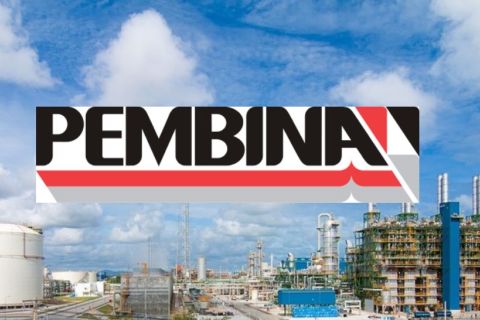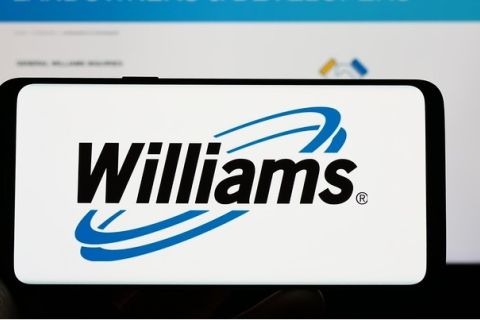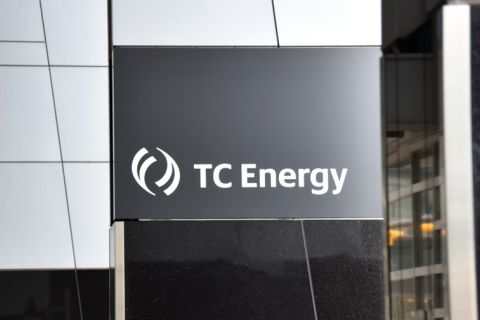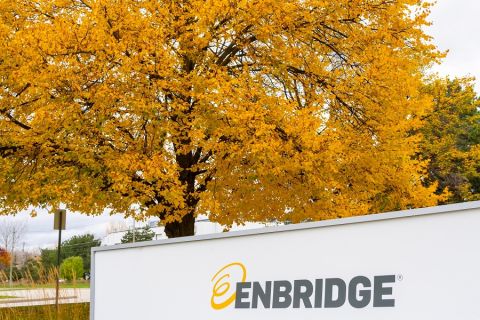SMILEY, Texas—At a dusty drilling site east of San Antonio, shale producer EOG Resources Inc recently completed its latest well using a new technology developed by a small services firm that promises to slash the cost of each by $200,000.
The technology, called electric fracking and powered by natural gas from EOG’s own wells instead of costly diesel fuel, shows how shale producers keep finding new ways to cut costs in the face of pressures to improve their returns.
E-frac, as the new technology is called, is being adopted by EOG, Royal Dutch Shell Plc, Exxon Mobil Corp. and others because of its potential to lower costs, reduce air pollution and operate much quieter than conventional diesel-powered frac fleets. Investment bank Tudor, Pickering Holt & Co analyst George O'Leary estimates e-fracs could lop off up to $350,000 from the cost of shale wells that run $6 million to $8 million apiece.
While a handful of oil producers are capturing savings from lower well costs, the picture is less rosy for oilfield service providers. These systems can cost them up to twice that of conventional fleets to build. A rapid uptake could worsen the economics for a sector cutting staff and idling equipment as oil producers pare spending. That leaves this potential breakthrough technology in the hands of small service providers without the means to fully exploit it.
One-sided Savings
Jeff Miller, CEO of Halliburton Co., the top U.S. provider of fracking services, said his firm has tested the technology but has no desire to promote it.
“Halliburton will be really slow around frac,” Miller said, referring to the costs of updating diesel systems to electric. Converting the industry’s 500 frac fleets would cost $30 billion, he estimated, too steep a price for oilfield firms, he said.
He recently advised an oil producer interested in the technology that the benefits of deploying e-fracs “work for you, they don’t work for us,” he said at Barclays energy conference this month.
Halliburton, Schlumberger NV and others have idled scores of diesel-powered fleets this year as producers cut spending due to flat to lower oil and gas prices. Consultancy Primary Vision estimates the number of active fleets in the U.S. fell 19% since April to around 390.
Halliburton cut 8% of its North American workforce and reported second-quarter profit fell 85% over the year-ago period in part because of equipment writedowns and severance costs due to weak demand for its frac service.
“Every week that goes by I get more and more negative about e-frac due to the harsh imbalance between the benefits achieved by the oil company and the costs incurred by the service company,” said Richard Spears, a consultant to top oilfield services suppliers.
Schlumberger paid $430 million in late 2017 to acquire a diesel-powered frac fleet from rival Weatherford International, hoping to expand shale services. A spokesperson declined to comment on e-frac.
This month newly-named CEO Olivier Le Peuch disclosed plans to write down investments that were “based on a much higher activity outlook with the ambition of achieving economies of scale.”
‘Hard To Justify’
E-frac supplier Evolution Well Services, which supplied the equipment and crew for EOG’s Eagle Ford shale operation, is one of a handful of smaller oilfield firms pioneering the systems.
Evolution operates six e-frac fleets—mobile collections of high-pressure pumps powered by gas turbine generators—and plans to roll out a seventh next year. U.S. Well Services, another e-frac provider, has agreements with Apache Corp. and Shell. Conventional pressure pumper ProPetro Holding Corp also announced plans to bring a handful of e-frac fleets to the market.
“We’d kind of would like to” build more systems without firm customer contracts, said Ben Bodishbaugh, CEO of Evolution, the only purely e-frac provider in North America. “But in this market it’s hard to justify,” he said.
The reason: e-frac fleets can cost up to $60 million apiece because they rely on pricey gas turbines similar to those that run utilities to generate electricity, compared with as little as $30 million for a diesel-motor powered fleet. Evolution would not say how much its fleets cost, but noted it is below $60 million.
“It’s a bad time for service companies to be ramping up very capital-intensive service offerings,” said Josh Young, chief investment officer with energy investor Bison Interests. “People always feel pressure to invest in the next new things, but sometimes you shouldn't be investing in any of the things.”
Companies like Evolution and U.S. Well Services that already have e-frac fleets would be winners if the technology takes off, analysts from investment banker Tudor Pickering Holt & Co predict. E-frac accounts for about 3% of active fleets, and could reach between 25% and 33% in the next five years, Tudor estimated.
EOG began testing Evolution's gear in late 2016, and signed a multi-year agreement about six months later. The shale company, well known for its use of cutting-edge technology, runs four of Evolution’s fleets and plans to add a fifth next year.
The agreement with Evolution “is an example of how we continue to find innovative solutions to both reduce our environmental footprint and improve the profitability of our business,” said Billy Helms, EOG’s COO. EOG is among the handful of top shale producers that generate more cash than they consume in drilling and shareholder dividends.
No Soot, Less Noise
At its Smiley, Texas, oil and gas well site, EOG’s crew carried on casual conversations despite the whir of e-frac pumps. No one wears ear protection, which is common at conventional diesel fleets, and the towering white silos holding frac sand were gleaming during a visit in August. At a conventional frac site just up the road, the towers were black from diesel exhaust.
Evolution’s Bodishbaugh said some oil and gas firms see less polluting e-frac as improving their standing with investors who rate environmental, social and governance (ESG) attributes in their investments.
“I’d say this year we’ve probably had more inbounds calls on the emissions profile than the economic savings,” he said.
Paul Mecray III, a managing director for investment firm Tower Bridge Advisors who follows major service companies, said e-frac will only catch on if overall demand for oilfield services recovers.
“While it may be a good thing longer term, I think it will take a lot longer to catch on than people think,” he said.
Recommended Reading
Pembina Pipeline Enters Ethane-Supply Agreement, Slow Walks LNG Project
2024-02-26 - Canadian midstream company Pembina Pipeline also said it would hold off on new LNG terminal decision in a fourth quarter earnings call.
Williams Beats 2023 Expectations, Touts Natgas Infrastructure Additions
2024-02-14 - Williams to continue developing natural gas infrastructure in 2024 with growth capex expected to top $1.45 billion.
TC Energy’s Keystone Back Online After Temporary Service Halt
2024-03-10 - As Canada’s pipeline network runs full, producers are anxious for the Trans Mountain Expansion to come online.
Enbridge Announces $500MM Investment in Gulf Coast Facilities
2024-03-06 - Enbridge’s 2024 budget will go primarily towards crude export and storage, advancing plans that see continued growth in power generated by natural gas.
Enbridge Fortifies Dominant Role in Corpus Christi Crude Transport
2024-03-20 - Colin Gruending, Enbridge executive vice president and president for liquids pipelines told Hart Energy the company’s holdings in South Texas are akin to a “catcher’s mitt” for Permian and Haynesville production.





